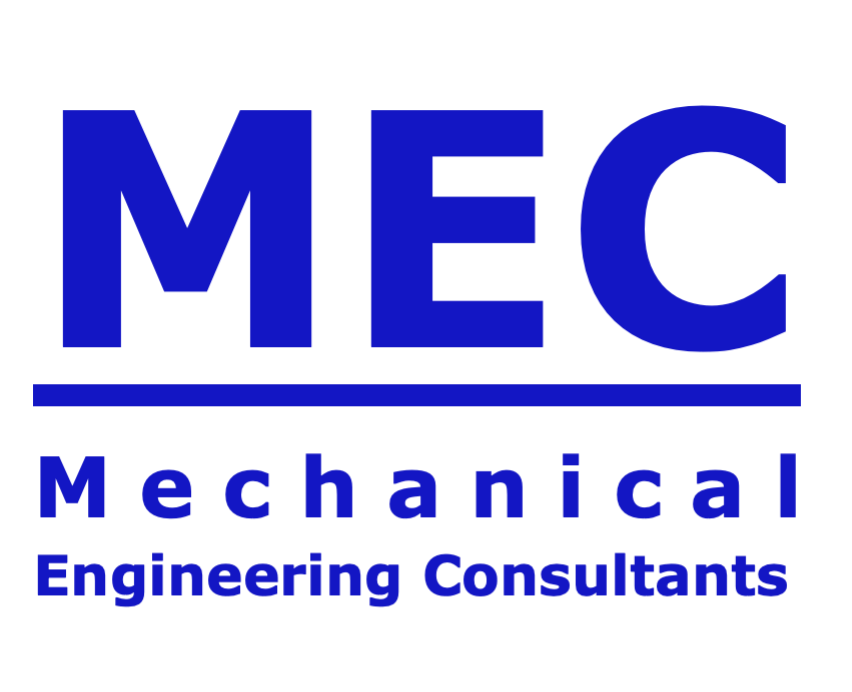Oil & Gas
Vibration Failures, Down-Hole Tools & API 619 Compliance
Our experience in the oil and gas industry includes investigating vibration failures—especially down-hole tools that lose their settings during transport—and recording the motion of oil rigs to understand operational environments. We also refine rotating equipment and support structures to help gas compressor stations meet API 619 vibration requirements.
What we deliver
Down-hole tool vibration & transport survivability
Operational measurement and analysis of transport/handling environments; design correction so tools retain settings and function reliably after transit.
Learn moreRig motion recording & environment characterisation
Instrumentation and multi-axis data acquisition to quantify rig motions and vibration spectra; define representative test profiles and margins.
Learn moreCompressor station vibration & API 619
Root-cause diagnostics on drives, skids and pipework; stiffness/mass tuning, isolation and damping to achieve vibration limits and reliability targets.
Regulatory complianceFEA, correlation & reliability
FEA of frames and attachments, strain/modal testing for correlation, and fatigue improvements for long-life operation.
Learn moreTypical oil & gas problems we solve
- Down-hole tools losing settings during transport due to shock/vibration exposure.
- Skid/frame resonance causing high amplitudes at running speed or blade/gear orders.
- Pipework and support excitation leading to cracked welds, leaks or instrument failures.
- Poor correlation between FEA and field measurements; need for model updating.
- Compressor station vibration exceeding limits; need to meet API 619 criteria.
- Undefined transport/handling environments (unknown spectra, durations, margins).
- Inadequate isolation or unintended vibration bridges via clamps, cabling or supports.
- Late-stage re-test risk due to unclear requirements and evidence trails.
Our approach
- Define requirements → operating envelopes, transport/handling environments, limits (incl. API/ISO/BS/EN).
- Measure → instrumented field data (vibration/strain/accel); rig motion and transport profiles.
- Analyse & model → FEA, modal/ODS, sensitivity and model updating.
- Refine → geometry, stiffness/mass, isolation and damping; mitigate sources and paths.
- Validate → correlation, re-test and audit-ready, compliance-focused reporting.
Standards & compliance
We align with project and industry standards, including API 619 for rotary-type positive displacement compressors where applicable, and adopt additional API/ISO/BS/EN requirements on request. Our reporting is evidence-led to support internal and external approvals.
Related case studies
Down-hole tool design correction (North Sea)
Vibration analysis and design refinement so the tool retained settings after transport; validated against measured environments.
Gas pumping station — API 619 vibration
Diagnostics and structural tuning of skids/supports to achieve vibration requirements and improve reliability.
Facing a vibration or transport survivability issue? We’ll measure the real environment, refine the design, and evidence compliance.
